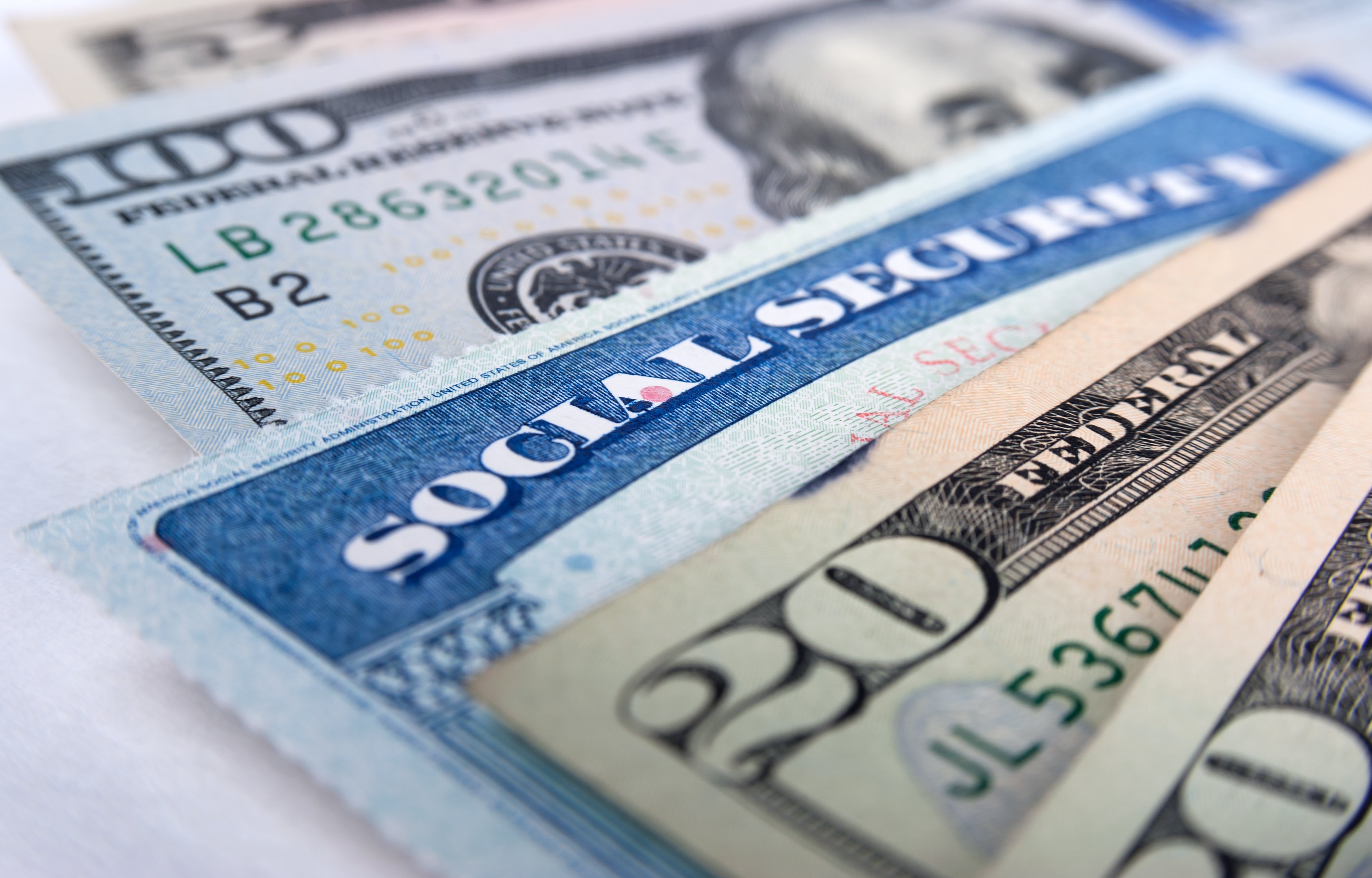In a nation struggling to save enough for retirement, super savers -- those who save more than 15% of their pre-tax income -- have taken on an almost mythic status. But they're very real and they're increasing in number. One in five millennials is a super saver, according to Fidelity, along with 27% of Gen Xers and 37% of baby boomers.
With careful planning and some lifestyle changes, you can join their ranks, too. Just take the following four steps, and when you get to retirement, you'll have a comfortable nest egg to show for it.

Image source: Getty Images.
1. Open tax-advantaged retirement accounts if you haven't already.
If your employer offers a 401(k), start here. You can contribute up to $19,000 to a 401(k) in 2019 or $25,000 if you're 50 or older. Your employer may also match some of your contributions. Any money you put in your 401(k) this year will reduce your taxable income, but then you'll have to pay taxes on your distributions in retirement, unless it's a Roth 401(k). Contributions to Roth 401(k)s don't reduce your taxable income this year, but then the money grows tax-free afterward.
Keep an eye on your plan's fees because these can eat into your profits. Check your plan summary or the prospectus for your investments to find out how much you're paying. It shouldn't be more than 1% of your assets each year. That's $10,000 on a $1 million portfolio. If you're paying more than that, try talking to your employer to see if they will offer more affordable investment products, like index funds -- mutual funds that attempt to mimic the performance of a market index.
If your 401(k) is too expensive, or if your employer doesn't offer one, open an IRA instead. Traditional IRAs are tax-deferred like most 401(k)s, while Roth IRAs work in a similar way to Roth 401(k)s. However, you can contribute only $6,000 to IRAs in 2019 or $7,000 if you're 50 or older. But IRAs usually have lower fees and more investment products to choose from, so you can more easily customize your portfolio.
2. Automate your savings.
Automating your retirement savings eliminates the risk that you'll forget to set aside money one month or accidentally spend your savings. You should be able to choose what percentage of each paycheck you want to go toward retirement each month, either by talking with your company's HR department or by adjusting your 401(k) settings online. IRAs may enable you to schedule a repeating deposit as well.
If you can't save 15% of your income right now, that's OK. Just do as much as you can and try to increase your savings by 1% every year. Some 401(k)s give you the choice to automatically increase your savings percentage every year, so you don't have to make this change manually.
3. Don't leave any employer-matched funds on the table.
If your employer matches your 401(k) contributions, contribute at least enough to get the full match unless you absolutely cannot spare the cash. It's free money for your retirement, and it reduces how much you need to save on your own.
Say you earn $50,000 a year, and your employer matches your 401(k) contributions up to 3% of your salary. That's a total of $3,000 toward your retirement -- $1,500 from you and another $1,500 from your employer. If you kept that up for 30 years and earned a 7% annual rate of return, you'd have over $283,000. But if you'd skipped your employer match, you'd have less than $142,000 after 30 years with a 7% rate of return.
Be mindful of your company's vesting schedule if your employer matches your 401(k) contributions. This determines when your employer-matched funds are yours to keep. Some plans offer immediate vesting, while others require you to wait a certain number of years to become vested. There are also graded vesting schedules, under which, for example, 25% of your employer-matched funds are yours to keep after one year, 50% after two years, and so on. If you leave the company before you're fully vested, you'll forfeit some or all of your employer-matched funds.
4. Look for ways to free up more cash.
Evaluate your budget and look for opportunities to reduce spending in order to free up more cash for retirement savings. Consider cutting back on dining out, travel, coffee, and other discretionary purchases. Then bump up your retirement contributions accordingly.
You could also look for ways to increase the money coming in. Work overtime, pursue promotions, or start a side hustle. Put your extra earnings toward your retirement. Stash year-end bonuses and tax refunds in an IRA as well, if you won't need to access that money anytime soon.
Super savers aren't that different from the ordinary person. They don't have any special secrets. They're just really good at the basics. By following these four steps, you too can become a super saver, and who knows? You may even be able to bump up your retirement date a little.





